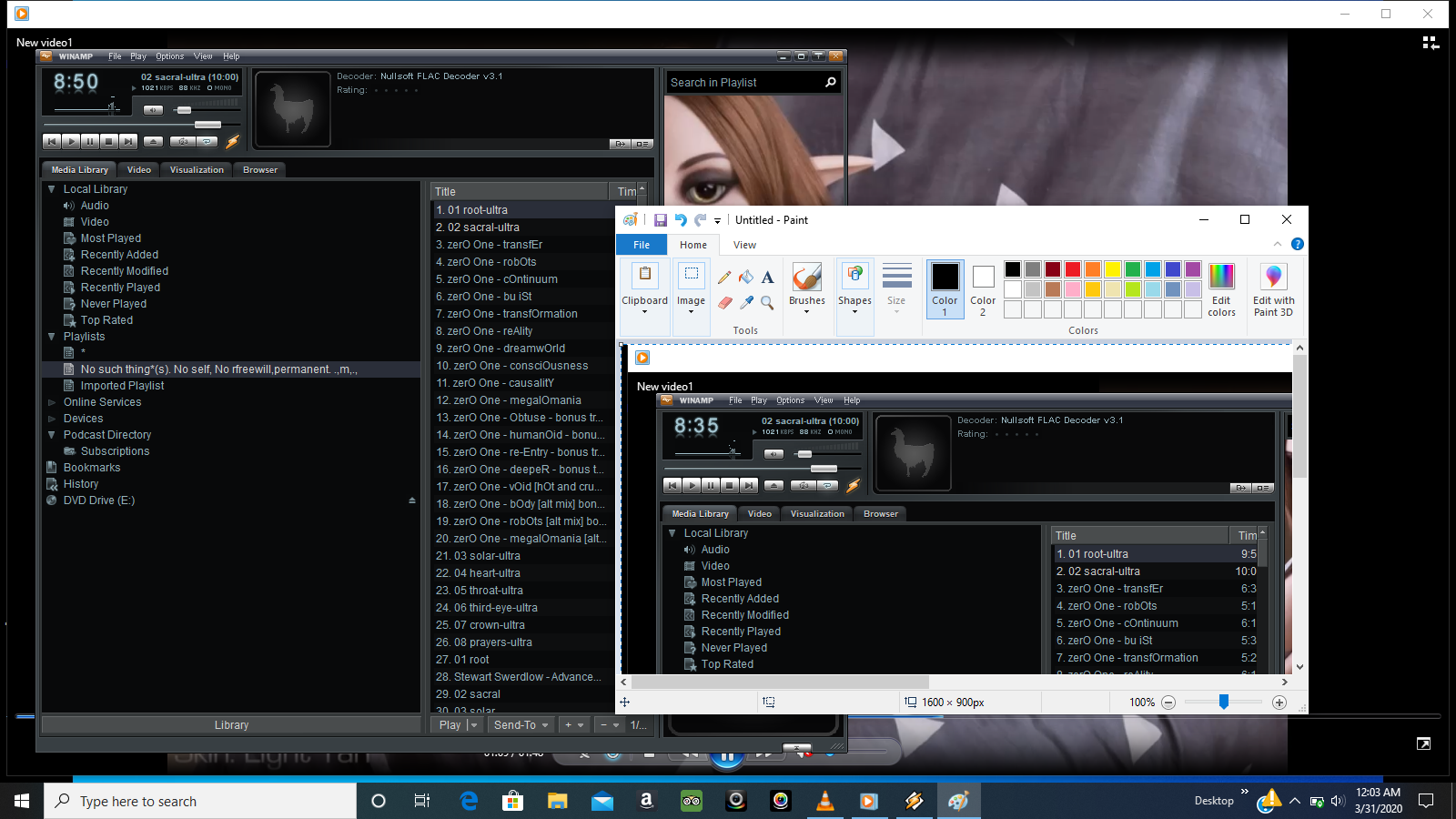
However, in certain cases, a forced purge may be necessary. In most cases you don’t have to worry about it, and just let it be - it will be reclaimed autormatically as needed. The purgeable space is there by design of macOS. This allows you to understand how much space is maximally available on a disk, at a glance.
#Does mac cleaner delete purgeable free#
In disks overview, DaisyDisk includes the purgeable space into the free space, exactly as Finder does. Instead, DaisyDisk provides a macro-level view and deletion of the purgeable space.Īfter scanning, you can see the purgeable space when you expand the hidden space item.īefore macOS High Sierra, the main component of the purgeable space - the local snapshots of Time Machine -Ĭould be revealed in restricted folder at path /.MobileBackups after scanning as administrator.

Starting from macOS High Sierra and APFS, the purgeable space is located outside of any scannable area, even with raised permissions.

The system calculates the current amount of purgeable space asyncronously in the background, and often there can be a significant delay between your action and its effect on the purgeable space, from a few seconds to a few minutes. Or else, when there is no deficit of free space, macOS allows the purgeable space to pile up to as much as 80% of disk’s capacity, by design. When an application requests more disk space than is currently free, the system automatically and instantly reclaims the corresponding amount from the purgeable space. The purgeable space mostly consists of local snapshots of Time Machine, and also caches, sleep images, swap files and other temporary system files. That is not literally free, but is nevertheless available to applications. When you check how much available disk space you have on your Mac, you’ll find that there’s a chunk of space


 0 kommentar(er)
0 kommentar(er)
